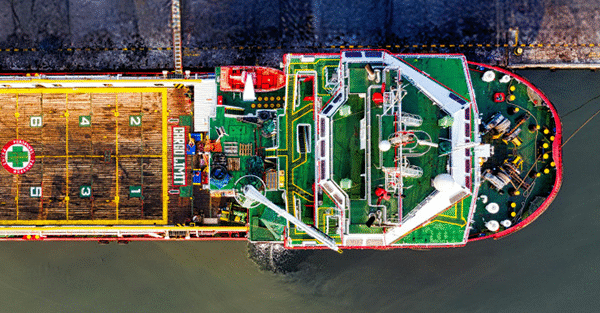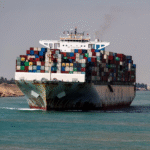The Economics of Delay: How Transit Time Shapes Global Oil Pricing
In the maritime shipping industry, the route chosen for crude oil transportation plays a decisive role in shaping operational costs, fuel efficiency, and delivery timelines. Two major routes dominate global crude oil trade: the Suez Canal, which provides a shorter passage between Europe and Asia, and the Cape of Good Hope, preferred by some for its safety and avoidance of tolls but burdened by a longer voyage.
For service providers operating across Egyptian ports and along the Suez Canal, understanding the dynamics between these routes is essential for supporting efficient, uninterrupted shipping operations.
- Cost of Transit
The Suez Canal levies tolls ranging from roughly $30,000 to $450,000, depending on vessel size and cargo. This significant cost often drives operators to consider the Cape of Good Hope as a toll-free alternative. However, the apparent savings can diminish quickly once extended voyage time and additional fuel costs ranging between $50,000 and $100,000 are factored in. The choice ultimately becomes one of efficiency versus expense, requiring a holistic approach to voyage planning.
- Voyage Duration and Time Sensitivity
A primary advantage of the Suez Canal is time. By shortening the transit between Europe and Asia by 7–10 days, it allows tankers to complete more rotations per year, boosting operational productivity. In contrast, the Cape route exposes vessels to unpredictable ocean conditions and potential weather delays. For operators managing time-critical cargoes such as crude oil, the shorter route through the Suez Canal often translates to more stable schedules and improved profitability.
- Operational and Maintenance Costs
Longer voyages naturally impose greater mechanical and structural strain on vessels. The Cape route’s extended duration increases fuel consumption, wear on propulsion systems, and the likelihood of maintenance requirements. By contrast, the Suez Canal’s shorter journey reduces operating stress and optimizes fleet utilization factors that can have lasting effects on long-term cost efficiency.
- Environmental and Insurance Costs
Each route poses distinct risks. The Cape’s longer voyage increases exposure to piracy and severe weather, often leading to higher insurance premiums. Meanwhile, the Suez Canal, though more controlled, requires heightened vigilance regarding pollution prevention and navigational safety. Balancing environmental responsibility with cost-effectiveness remains an integral part of route selection, especially for operators adhering to modern sustainability and compliance standards.
- Market Conditions and Flexibility
Geopolitical events and shifting fuel prices can alter the cost equation between the two routes. During times of regional instability, vessels may divert around the Cape despite higher operational costs. Flexibility in logistics and supply coordination is vital in such cases to ensure vessels remain fully supported across alternate passages a challenge met through well-coordinated port agency, husbandry, and marine supply operations.
Conclusion
Choosing between the Suez Canal and the Cape of Good Hope extends beyond toll comparisons; it demands a comprehensive evaluation of cost, time, risk, and reliability. In today’s volatile market, successful crude oil tanker operations rely on precise planning and dependable marine support at every port of call.
By offering full-scale marine logistics, provisions, bonded stores, and technical support across Egypt’s key ports, Pilot for Marine Supply continues to ensure that vessels operating through the Suez Canal corridor maintain smooth, efficient, and cost-effective voyages wherever global trade currents may lead.



